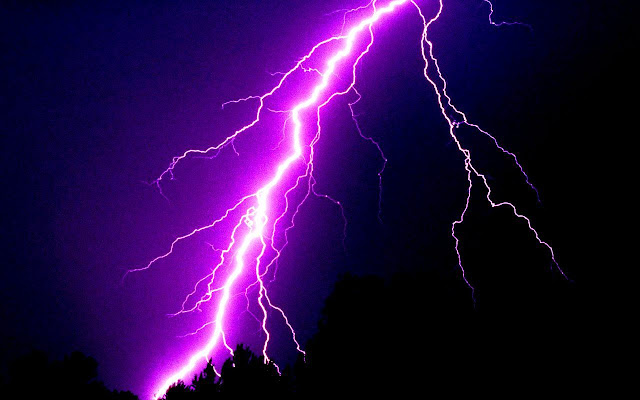Wednesday, July 31, 2013
Tuesday, July 30, 2013
Monday, July 29, 2013
Arctic and Antarctic Habitats
The Arctic region is defined as the area of the world North of the Arctic Circle (60 degrees North Latitude). This includes the area around the North Pole. The Antarctic region is defined as the area South of 60 degrees South Latitude. This includes the area around the South Pole.
The Arctic and Antarctic regions receive much less direct sunlight than the rest of the world, so their climate is very cold. Most of these regions seem locked in an eternal winter. Because of the extreme temperatures, any life that can survive here must have very specialized adaptations to the cold. For example, penguins are covered in a thick layer of insulated fat, with dense, fluffy feathers which act like a warm winter coat. This allows them to keep as much heat as possible close to their bodies.
Because of the tilt of the earth, days are longer in the summer and shorter in the winter. At the polar edges of the earth, days are often very short during some months, and extremely long in other months. In the summer, a single day can last for months, and the sun can often be seen well past midnight.
Because the Arctic regions are very close to the Earth's magnetic pole, an incredible phenomenon called the Aurora Borealis can often be seen here.
Sunday, July 28, 2013
Saturday, July 27, 2013
Friday, July 26, 2013
Thursday, July 25, 2013
Wednesday, July 24, 2013
Tuesday, July 23, 2013
Monday, July 22, 2013
Sunday, July 21, 2013
Saturday, July 20, 2013
Friday, July 19, 2013
Thursday, July 18, 2013
Thursday, July 4, 2013
Happy 4th of July!
In honor of America's Independence Day, I wanted to post some photos of nature's fireworks, which I personally believe are far more impressive than anything man can create.
Monday, July 1, 2013
Subscribe to:
Posts (Atom)




























